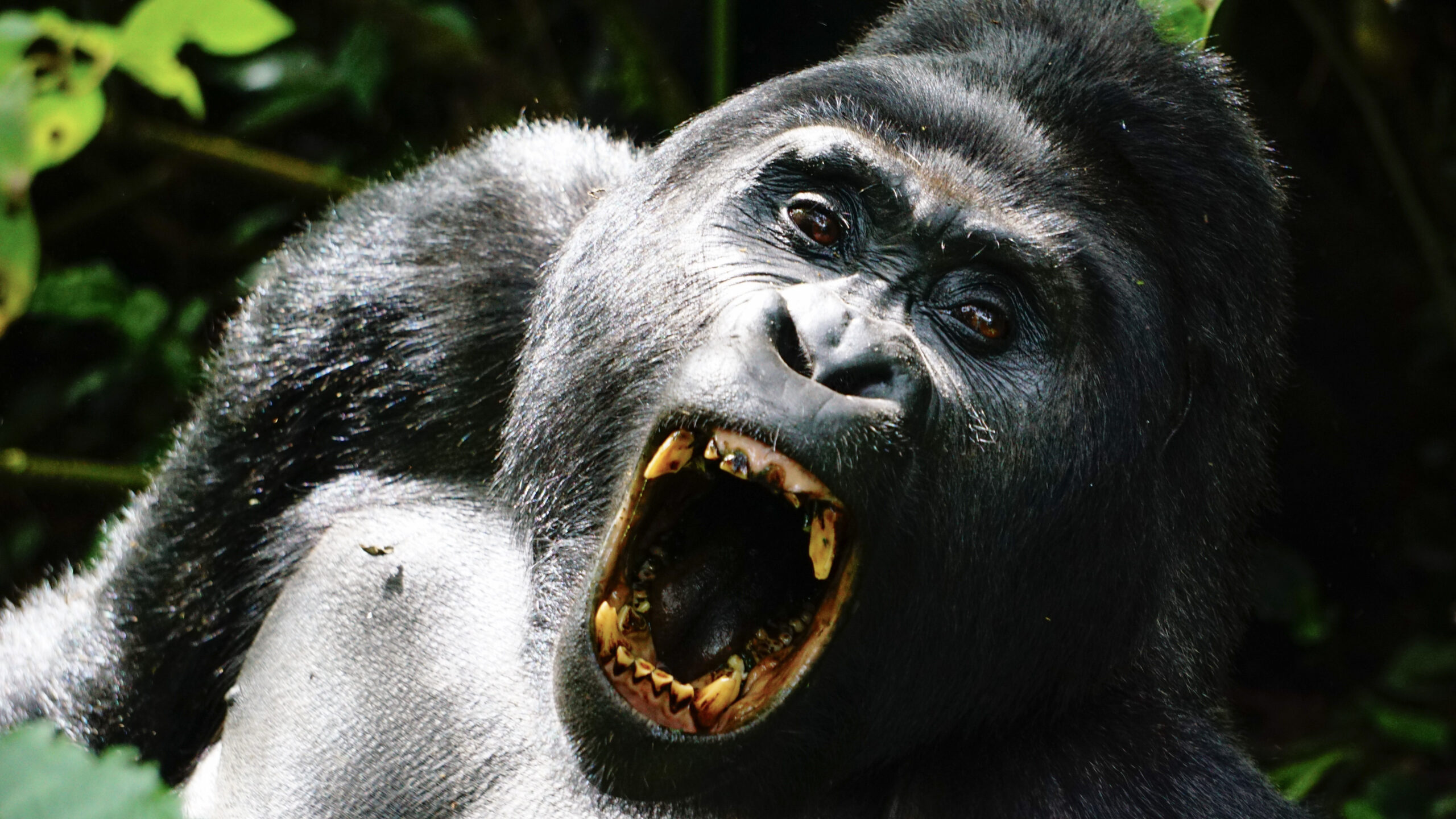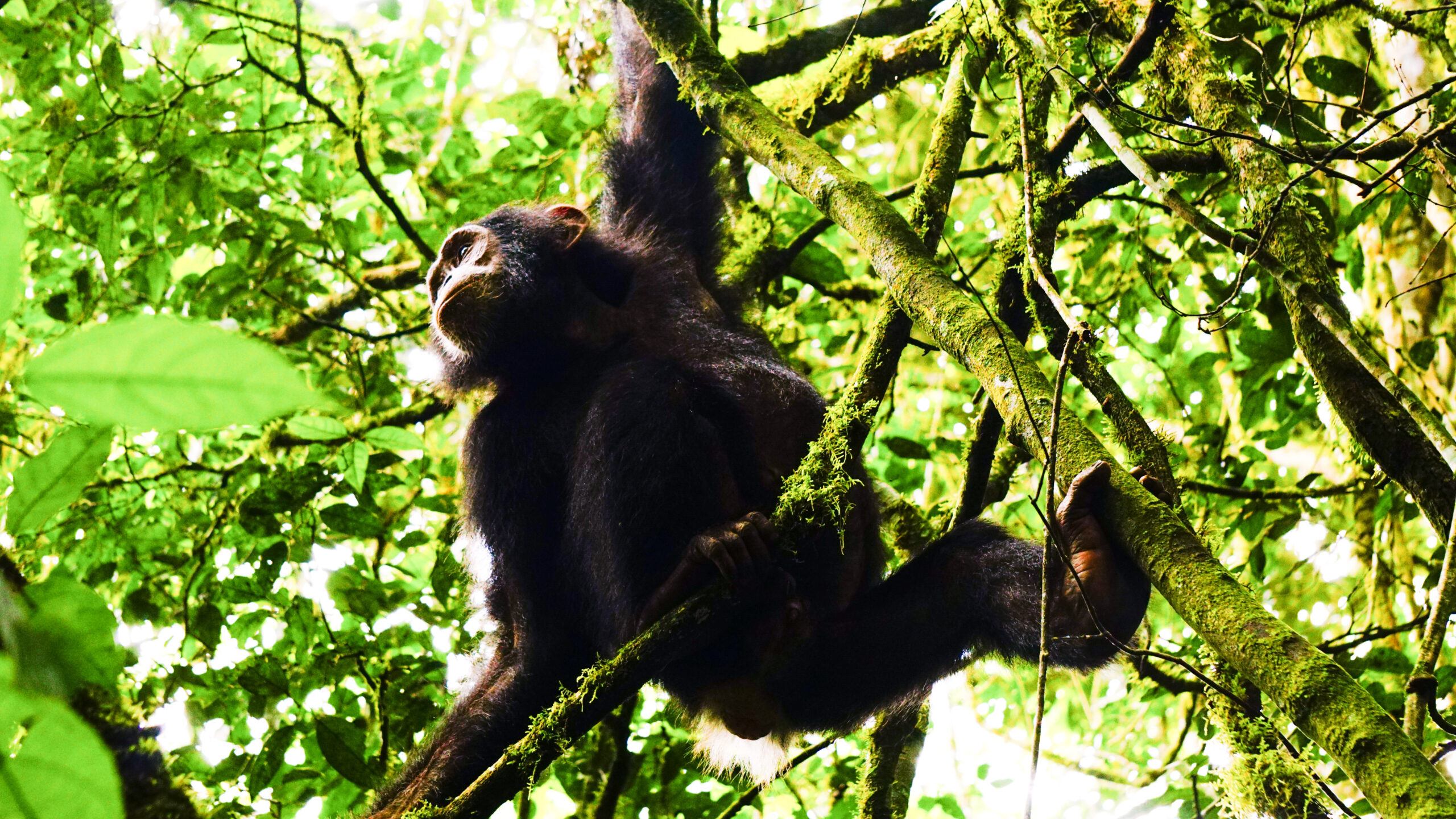This past fall, Marchay Senior Advisor, Bridget Kapinus, headed to Uganda to check off one of her bucket list adventures: trekking for mountain gorillas. Here she describes this once-in-a lifetime experience along with the reasons why Uganda is set to host adventurous luxury travelers.
Why Uganda vs. Rwanda?
With a population dwindling to just about 1000 individuals, critically endangered mountain gorillas can only be found in two regions – the Virunga Mountains (which run along the border of Rwanda, Uganda, and the Democratic Republic of the Congo) and Uganda’s Bwindi Impenetrable Forest. In recent years, Rwanda has successfully made a push to attract the highest end Western travalers for its gorilla treks by opening world class luxury lodges run by renowned brands such as Singita, One&Only, and Wilderness. Rwanda’s program to have other big game at its nature reserves, combined with the fact that gorilla treks here are generally a bit shorter and less difficult, all have made Rwanda the travelers’ first choice for a trip that includes gorillas. However, the sudden high demand has not only made permits extremely hard to come by, but a Rwanda trip is among the most expensive in Africa. What many visitors do not realize, though, is Uganda has more habituated gorilla families (14 in total now) meaning more available permits and half the permitting fees (just $700 per permit versus Rwanda’s $1500). Considering its substantial size – nearly ten times that of Rwanda—I was pleasantly surprised to discover that Uganda boasts a diverse array of wildlife and ecosystems beyond its gorilla population, making it well worth a standalone trip.
When is the best time to go?
Like much of Africa, Uganda experiences both a wet and a dry season. Generally speaking, the dry season runs from June – August as well as December – February during which the drier weather makes it a bit easier to navigate national parks and engage in activities such as primate trekking. That said, the weather can be rather unpredictable, especially given the impact of climate change. I travelled in late October/early November and was fully prepared for rain, only to have one brief shower well after our trek. It is worth noting that heavy rains often lead to road washouts in Kampala, which can complicate and prolong journeys in and out of the capital city.
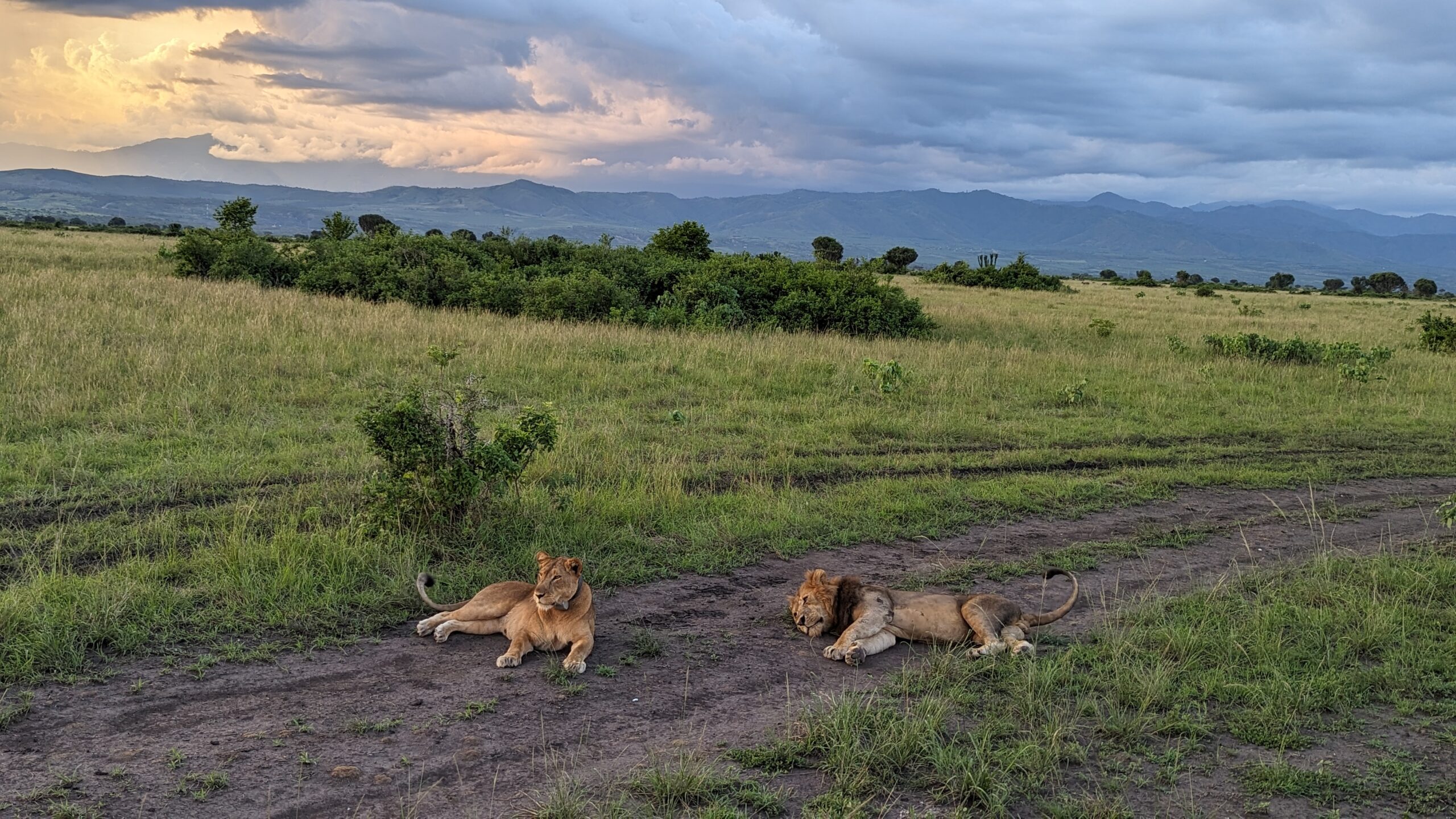
What else is there to do beside see gorillas?
Before visiting I had little idea that gorilla trekking, albeit amazing, would play only a small part in making my trip unforgettable. In the far southwest, Kibale National Park is considered the best place in the world to view chimpanzees in the wild. Sightings are never guaranteed, as chimps are much more nomadic, but our group was lucky enough to encounter a handful of individuals both in the trees and on the ground. Further north, Lake Victoria – the world’s second largest freshwater lake – gives birth to the mighty Nile River which flows onward through Murchison Falls making it the most powerful waterfall on the planet. National parks such as Queen Elizabeth and Mount Elgon offer a traditional safari experience complete with giraffes, elephants, lions, and leopards. Sadly, Uganda no longer has truly wild rhinos, however sanctuaries like Ziwa Rhino Sanctuary provide visitors the opportunity to walk among these giants, an option rarely found anywhere. For those who prefer something a bit more active and adventurous, the majestic Rwenzori Mountains offer more rugged excursions such as snowcapped mountain treks and crater lake plunges. And of course, this is all amidst the welcoming embrace of the local communities who are eager to share their culture.
Where to stay?
Uganda has yet to open hotels backed by the large international brands. All properties are locally owned and operated, giving them a distinctive character and authentic sense of place. A great example of this is the Volcanoes Safari Lodges located in Bwindi, Gahinga, Kyambora, and soon to be Kibale. These lodges provide a cozy and intimate ambiance, strategically positioned to offer unparalleled access to Uganda’s finest wildlife experiences. Moreover, they are constructed and decorated with local materials imbuing each property with its own unique version of what I would term “eco-luxury.” Near Murchison Falls, Nile Safari Lodge is by far the best option providing a relaxing retreat with breathtaking views of the Nile, gorgeous bandas, and fantastic local cuisine. For those willing to forego some amenities in favor of stunning views, I recommend Kyaninga Lodge and Ndali Safari Lodge, both of which boast unparalleled views of pristine crater lakes. Here is a breakdown of each property I stayed at and recommend:
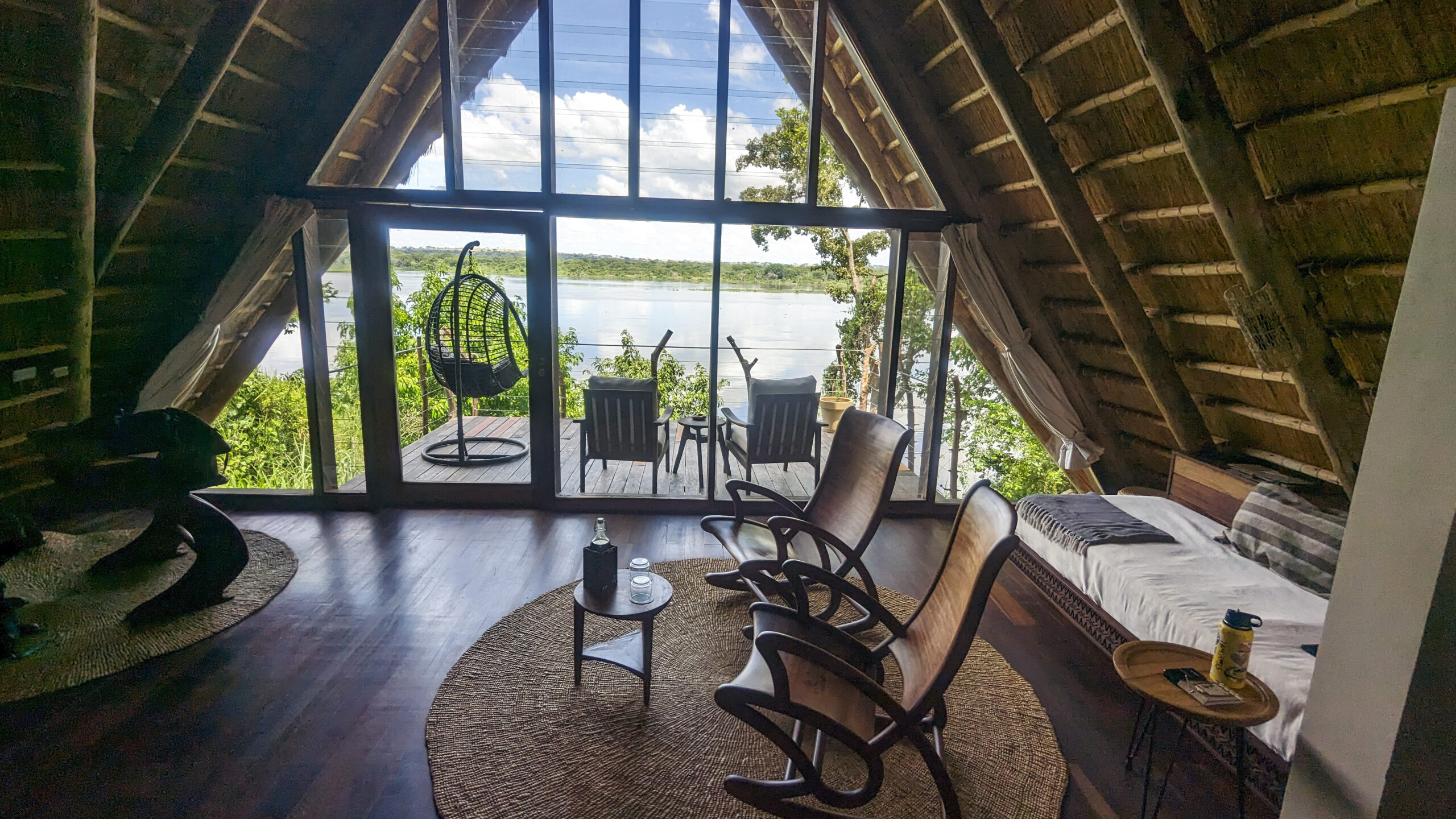
Nile Safari Lodge
Nestled along the lush banks of the Nile River, family-owned Nile Safari Lodge offers a tranquil escape in Uganda’s wilderness. Each of the 8 Bandas (safari tents) features bespoke furnishings and stunning river views, some with private plunge pools. Near the bandas, a charming riverside coffee station ensures a perfect start to each day. Activities can be tailored to each guest, musts include cruising the Nile, chimpanzee and rhino trekking, and enjoying brunch atop Murchison Falls. Those looking for more relaxation can refresh in the wellness enclave or indulge at three dining venues. I recommend Nile Safari Lodge for both couples seeking a romantic retreat or adventurous families.
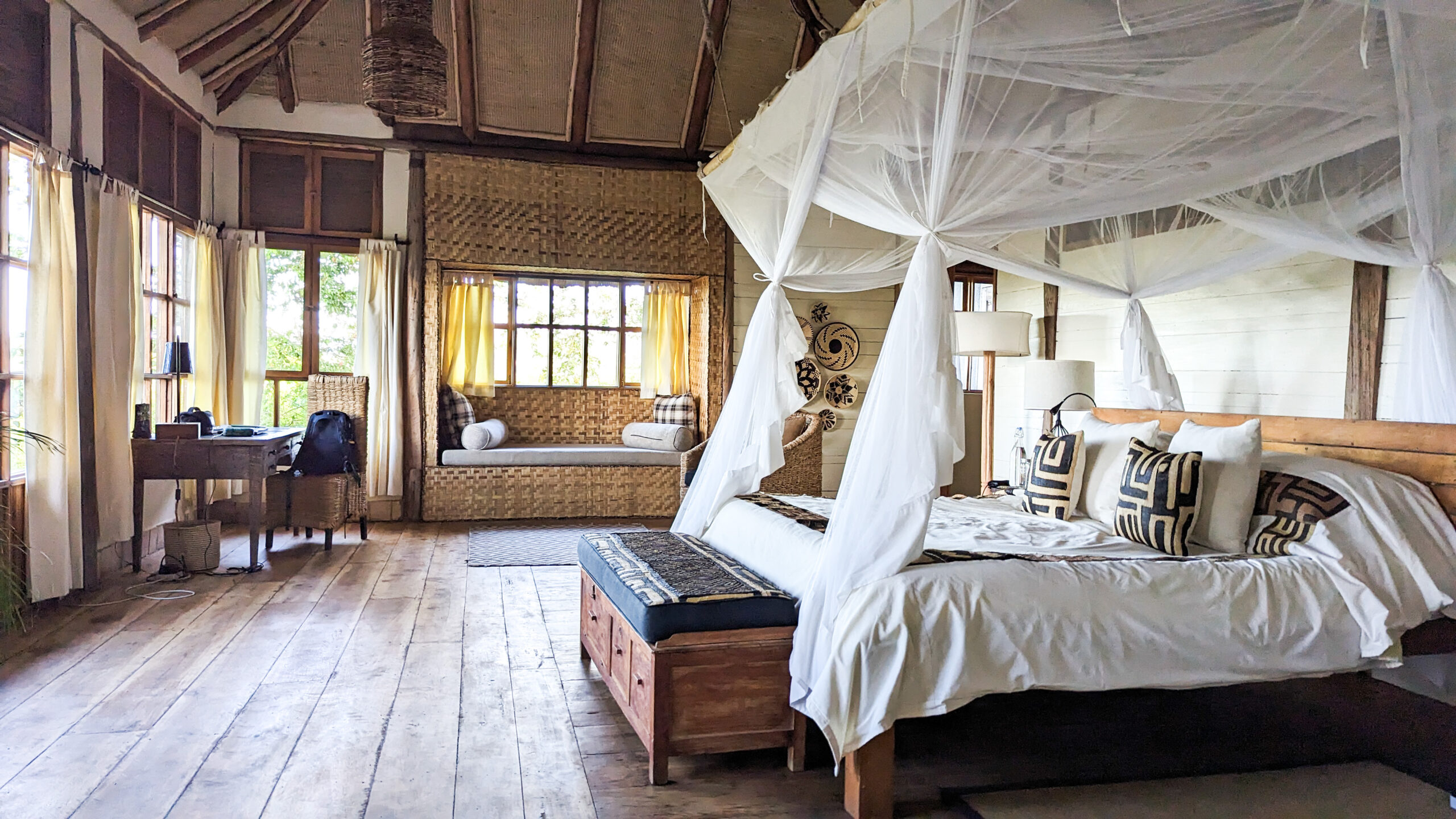
Kyambura Gorge Lodge
Kyambura Gorge Lodge stands as a beacon of luxury in Uganda’s wilderness, setting a high standard for upscale retreats. Situated within a sprawling complex connected by sandy pathways and a winding waterway, the lodge offers eight diverse accommodations, from lavish suites to secluded cottages. Its layout provides both privacy and vibrant communal spaces, including multiple dining venues and a lively bar scene. Ideally located on the edge of Queen Elizabeth National Park, which boasts four of Africa’s “Big 5” (all but the rhino) and has one of the world’s only populations of tree-climbing lions. Given the lodge’s namesake, the dramatic Kyambura Gorge is also nearby for more chimpanzee trekking. With service honed over the years and a range of accommodation options, Kyambura Gorge Lodge caters well to families or groups.
Kyaninga Lodge
Perched on the edge of Lake Kyaninga with sweeping views of the Rwenzori Mountains, Kyaninga Lodge seamlessly blends traditional Ugandan craftsmanship with contemporary elegance, creating a serene and inviting atmosphere. Envisioned by Englishman Steve Williams and built by local communities over the span of six years, guests are treated to spacious and well-appointed cottages, each with its own private deck overlooking the ancient crater lake. The lodge’s amenities include a gourmet restaurant, a swimming pool, and classic bush activities such as birdwatching and nature walks. If you’d prefer a natural dip instead of the swimming pool, guests are welcome to swim in the crater lake, too. While you can opt for adventure and exploration, Kyaninga Lodge also serves as a welcome rest period during your active itinerary in Uganda.
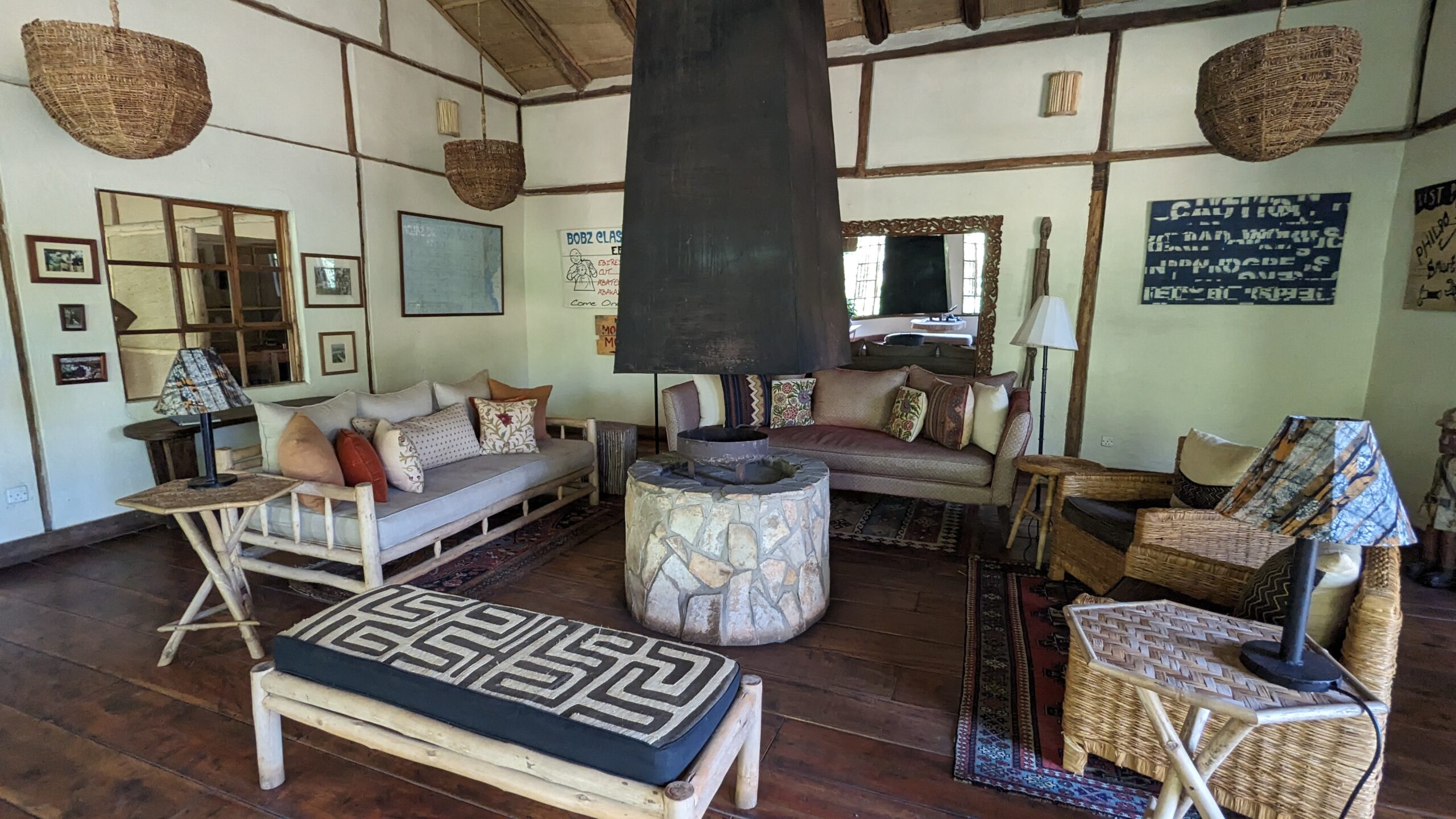
Bwindi Lodge
Nestled in the heart of breathtaking, primeval Bwindi Impenetrable Forest, Bwindi Lodge epitomizes luxury amidst nature. Offering guests an immersive retreat where encounters with mountain gorillas await. Like the other lodges I visited in Uganda, the design seamlessly integrates with the surrounding landscape, providing views of the lush forest canopy. Accomodations range from cozy rooms to private cottages, and all come with private butler service. The lodge’s restaurant features locally inspired cuisine and the cozy Bwindi Bar to relax after your gorilla trek. The Forest Spa Humula mw’ Ishamba is being extended to create a larger forest spa and sauna experience. The main draw is of course trekking with gorillas, but the lodge also offers community activities, waterfall and birding hikes, cooking classes, and a tea tasting. With impeccable service and a commitment to preserving the natural environment, Bwindi Lodge promises a true bucket list experience for families and couples alike.
Who should go to Uganda?
While not for the faint of heart – most of the country remains very wild and untouched – Uganda is the perfect destination for those looking to experience Africa in a truly authentic way and with fewer crowds. Whether you’re an outdoor enthusiast, wildlife lover, or simply seek to immerse yourself in another culture, visitors will depart with no doubt as to why Uganda truly is the “Pearl of Africa.”
